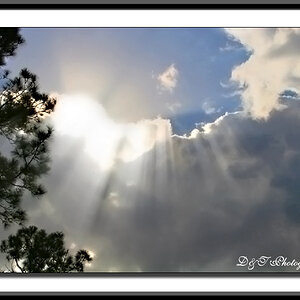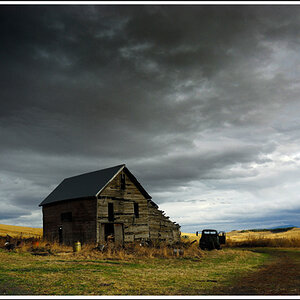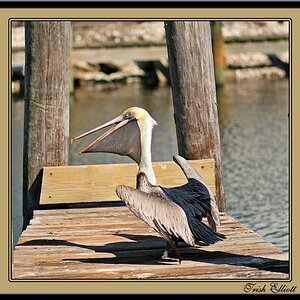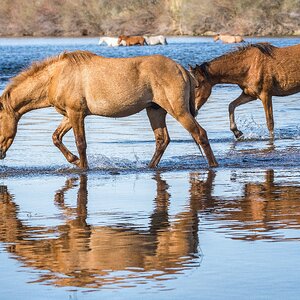DbyH
TPF Noob!
- Joined
- Mar 1, 2011
- Messages
- 5
- Reaction score
- 0
- Can others edit my Photos
- Photos NOT OK to edit
I'm newer to my DSLR, but very passionate about design and photography and am excited about my potential. I'm really having a hard time with filters right now. Do you use a UV filter to protect your lens? I've heard both sides of the story, but I'm still stranded in the middle. And, if I do choose to use a UV filter, which brand should I get? I was on a website last night and was so overwhelmed with the choices and all the reviews and it led me no where. Coated? Multi-coated? Brand? I saw some as cheap as a few dollars and pricier ones in the $50s.
I'm also looking for a circular polarizer and have the same questions regarding brand/price, etc. Any input would be greatly appreciated!
I'm also looking for a circular polarizer and have the same questions regarding brand/price, etc. Any input would be greatly appreciated!


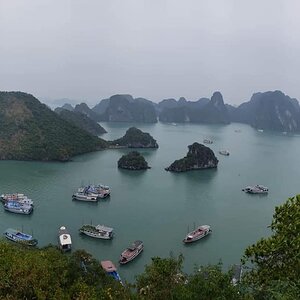
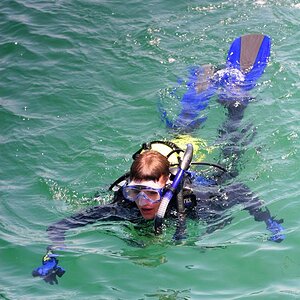

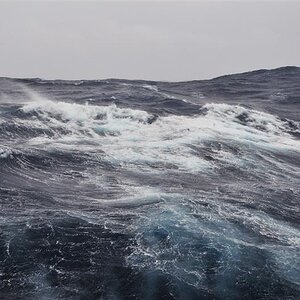

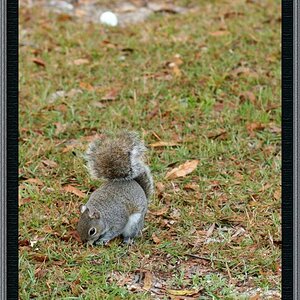

![[No title]](/data/xfmg/thumbnail/30/30859-ec099dbef074432d32832fceb25cf539.jpg?1619734479)
